The Campfire Tent has been getting good use during this winter snow: kind of a ‘Backyard’ test for a snowbound winter camp here. The campfire tent proving itself again – giving great shelter from strong and bitterly cold Northerly winds, whilst allowing the openess for cooking, observing nature and snowbound views, and generally ‘messing about in tents’! In this weather the views have been absolutely stunning and I haven’t missed a thing – including a huge shooting star one evening. I set up just before the snow came in 10 days ago, and after the main snowfall the roof of the tent had about 5 inches of snow weighing it down – that’s a LOT of weight, and happy to say the canvas, stitching, poles and guys all stood up to the test. The pegs have been completely frozen into the ground so they aren’t going anywhere, which has helped in the very strong winds we’ve had. Walking the fields all the activity of nature is written into the snow in footprints – from tiny mice trails and bird footprints, to thin and whispy deer tracks and big badger prints – all the activity you’d normally miss in the dark is recorded for the following morning.
Also here is a backyard test of a new “Hekla 30 firebox“ from Tentipi, a great bit of kit I’ll write more about in detail later.. The tent itself is from Green Outdoor and features in the Winter Camp story below. For now here’s the video:

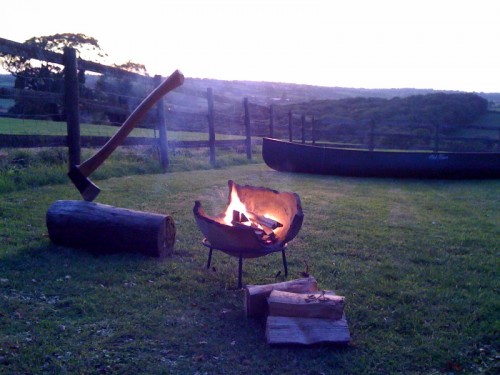
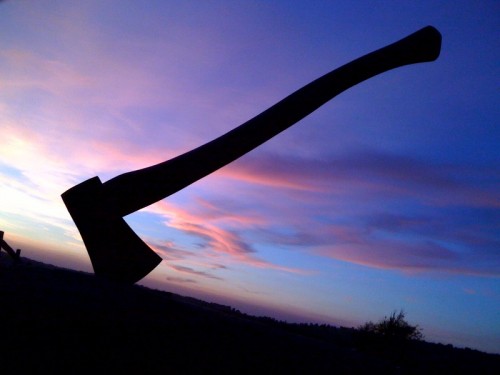
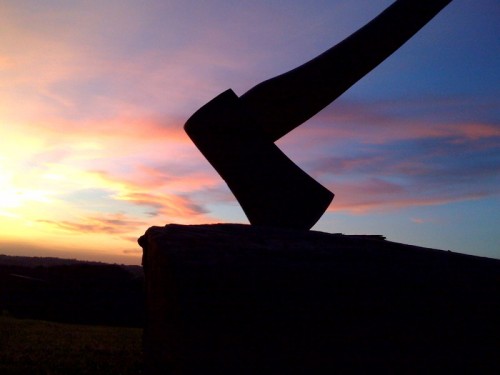
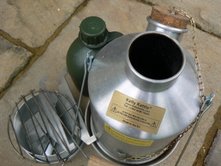
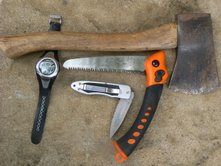
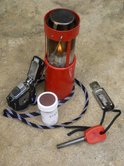
![Reblog this post [with Zemanta]](http://img.zemanta.com/reblog_e.png?x-id=32e63be3-1be6-4397-be7c-6f8db0006413)